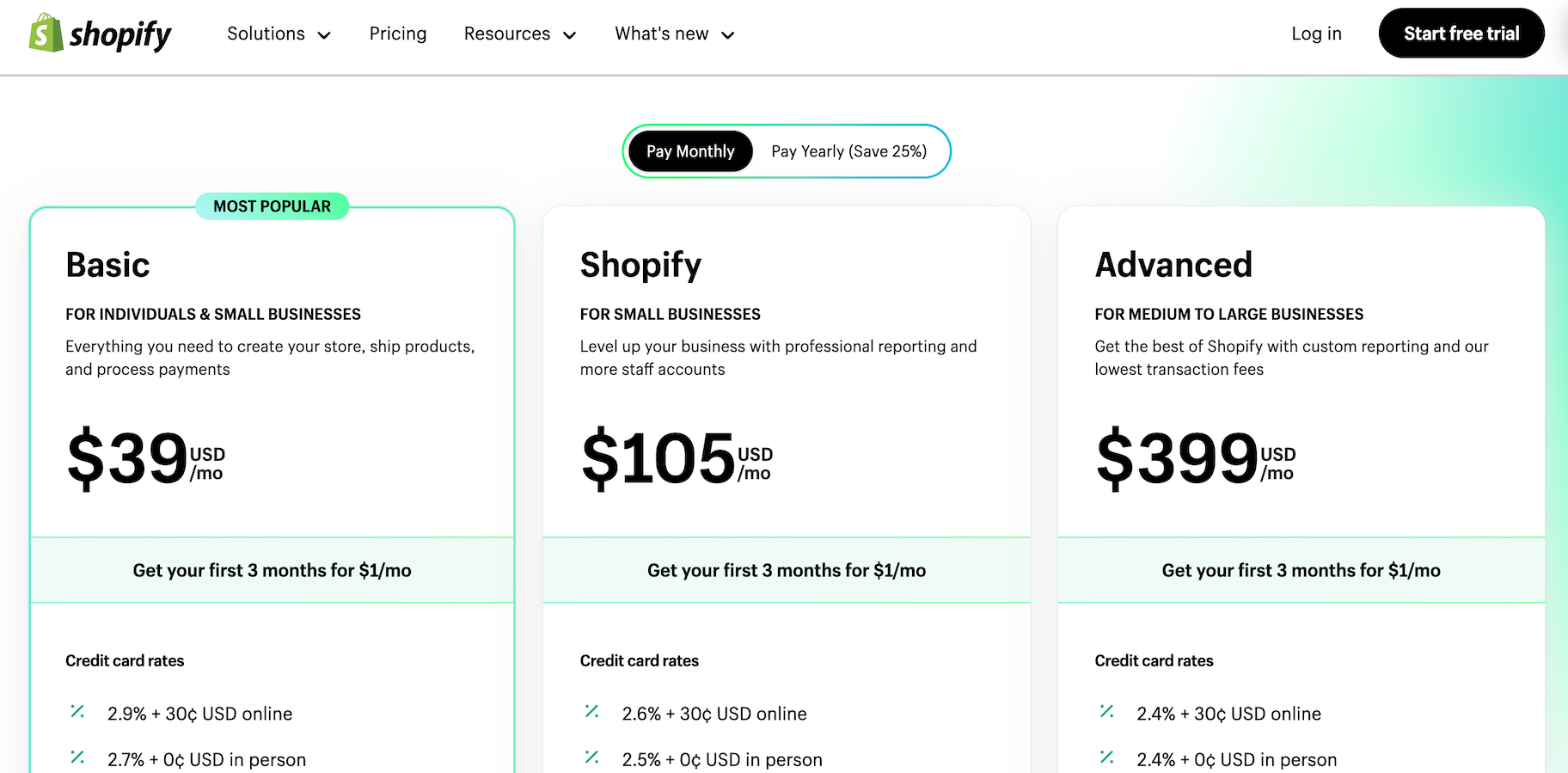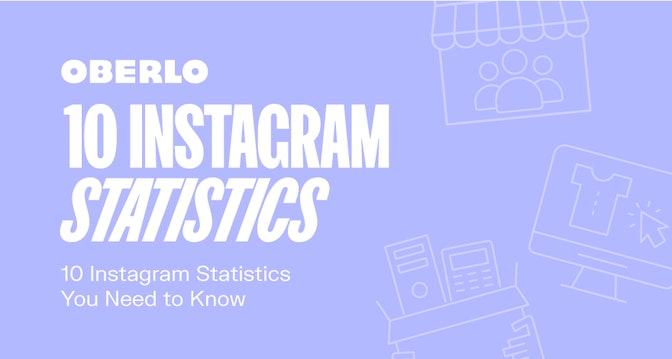你的产品或服务是一个重要的定价decision that can greatly impact your business. A robust pricing strategy goes beyond merely calculating the costs and adding a markup. In this article, we will delve into eight simplified yet effective pricing strategies that can enhance your business competitiveness and boost your sales.



Understanding the Basics of Pricing
Pricing begins with understanding the costs involved in creating or obtaining a product and bringing it to the market. This includes your production costs, business costs, marketing costs, and shipping and handling costs. However, pricing strategy is not solely about arithmetic. The amount a customer is willing to pay for a product is not necessarily about the product's cost, but rather about how they perceive the product's value.

→ Click Here to Launch Your Online Business with Shopify
Pricing Strategies: A Closer Look
Cost-Plus Pricing
Firstly, we have cost-plus pricing. This involves calculating the costs of your products and adding a markup, often double the wholesale price. However, the markup percentage can vary depending on your business. While this strategy ensures a decent profit margin, it doesn't consider market factors like competition or demand for your product.
Competitive Pricing
Next, we have competitive pricing. This strategy involves assessing what your competitors are charging to determine the market rate. One way is to price your products slightly lower than your competition, attracting value shoppers who are price sensitive. Conversely, pricing your products slightly higher can signal that your product might be superior, attracting customers who value quality over price.
Price Skimming
Price skimming is another strategy. This involves charging the highest possible price for a product at its launch, then gradually decreasing it over time. Businesses with unique attributes that competitors can't match often employ this strategy. However, price skimming may not be effective in a saturated market where your product doesn't truly stand out.
Penetration Pricing
Penetration pricing involves setting a low price to enter a market. This strategy aims to draw attention to your business and take away business from competitors who can't match the low price. Once you've captured a significant market share, you can then begin to raise the price. However, it's crucial to remember that too many sales can make customers wary of paying the regular price, and too low prices can create a perception of poor quality.
Value-Based Pricing
Value-based pricing hinges on understanding your customer's perception of your product's value and pricing it accordingly. This involves gathering data on what customers are willing to pay for comparable products.
Loss Leader Pricing
Loss leader pricing involves intentionally pricing a product at a loss to attract customers. The aim is not to make a profit on the discounted item, but to entice customers to purchase other items. This strategy is best suited for larger companies with a range of products to offset the initial loss.
Bundle Pricing
Bundle pricing involves selling a bundle of products together at a single price. This can add value for customers, increase sales, and boost brand loyalty.
Anchor Pricing
Finally, there's anchor pricing, a strategy that leverages the human tendency to compare. With anchor pricing, a retailer lists the discounted price alongside the original price, highlighting the savings a customer can make by purchasing immediately.



Go Forth and Figure Out How Much!
In summary, each pricing strategy has its unique benefits and applications. The key is to understand your market, your product, and your competition to choose the most effective strategy for your business.
Regardless of the platform you use for your ecommerce business, understanding these pricing strategies can help drive your business growth. Continuous learning and action are key to growing a successful ecommerce business. So, take advantage of the resources available to you, including educational content and workshops on pricing strategy.



